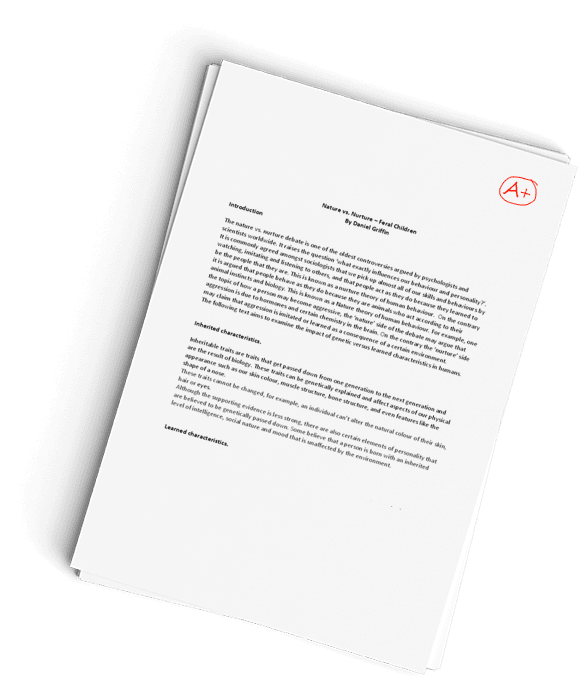Santa Monica College Probability Distributions and Their Applications Discussion
Question Description
1 page double spaces
After this write 2 reply on others discussion
about 100 words for each reply.
Prompt:
What are some examples of the uses of the distributions discussed in this module to be found in economics?
Do you think most variables are normally distributed in economics?
Lesson
This lesson begins discussing expectations of random variables. We then follow that with computing the variance of a random variable. If two random variables have a joint distribution, then they must covary in some way. That leads to the calculation of the covariance and correlation between two variables. This lesson continues by discussing some special distributions that commonly arise. The binomial distribution is possibly second to only the Gaussian in fame. It is the distribution that characterizes the results of tossing a coin multiple times. Each individual toss of the coin is called a Bernoulli trial and each trial is said to be Bernoulli distributed. The binomial distribution characterizes the results of multiple Bernoulli trials. We then discuss the Poisson distribution. The Poisson distribution has frequent use in operations research when studying waiting times for queues. It has also been used to characterize labour force unemployment behaviour. The negative binomial arise when trying to calculate how long some result will occur each of whose trials is Bernoulli distributed. For example, how long do you need to wait before observing a certain number of heads when tossing a coin. We then discuss the Gaussian or normal distribution. I prefer to use the term Gaussian, after the mathematician Carl Friedrich Gauss that first characterized the distribution, than the term normal when I can. The Gaussian distribution was called normal by champions of eugenics (https://en.wikipedia.org/wiki/Eugenics), a concept taken up in Nazi Germany. The Gaussian distribution arises in many situations. For statisticians and econometricians, its most famous appearance is in the central limit theorem which we will discuss later. A variant of the Gaussian, the lognormal, is often used to characterize data whose values cannot be below a certain number, usually zero. Such data are said to be truncated and the pdf of their right tail is long and straggly. We will also discuss the bivariate Gaussian distribution, that is, the Gaussian with two variables. We then briefly discuss the multinomial distribution. The multinomial distribution arises in consumer choice situations. For example, The Nobel Prize winner, Daniel McFadden, used the multinomial distribution in his travel choice studies that served as the justification for San Francisco’s Bay Area Rapid Transit (BART) system. We then introduce two of the three most famous theorems in statistics – the central limit theorem, the weak and strong laws of large numbers. The third theorem, the law of the iterated logarithm, sometimes known as the law of the irritated logarithm, we’ll hold for another class. Some of the material in these chapters may make you a bit apprehensive because of the number of integrals you see. I won’t have you do any real integration, so you don’t need to brush off your calculus book to find out how to do integration by parts or integration by substitution. What I do want you to understand are the underlying concepts that are represented. For example, expectation is nothing more than a probability-weighted average of a random variable.
Have a similar assignment? "Place an order for your assignment and have exceptional work written by our team of experts, guaranteeing you A results."








